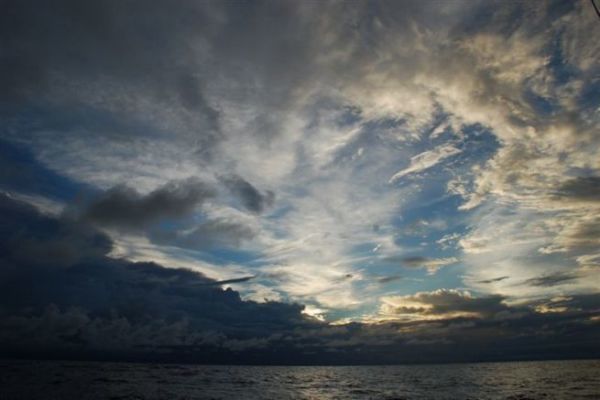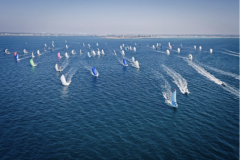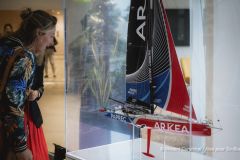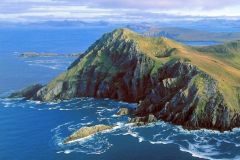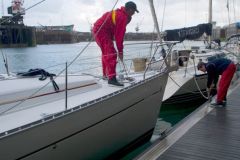The Doldrums is an unstable meteorological zone, where winds are changeable and difficult to predict. It's a really difficult place for sailors to get to grips with, even if they can see it from a great distance. At 100 miles (180 km), large clouds can already be seen above the horizon. It is generally positioned between 8° N and 3° N, stretching from the African coast to 35° W and narrowing in places.
Unpredictable, it changes shape regularly and can last from a few hours to a few days.
How is the Doldrums formed?
The Doldrums are formed by the clash between the northern hemisphere trade winds, blowing from the northeast, and the southern hemisphere trade winds, blowing from the southeast. This meteorological location is also characterized by high humidity and extensive cloud cover. Indeed, the area lies close to the Equator, and temperatures are very high, both for water (27 to 29°) and air (35 to 40°). As a result, evaporation is high and humidity close to 100%, creating numerous clouds that cover the area.
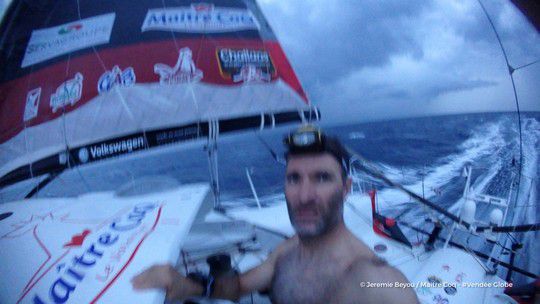
An unstable and variable zone
Unstable and variable, the Doldrums change shape and bottom very frequently. This makes it very difficult for sailors to plan their trajectory in advance. They can either take advantage of squalls and winds to make headway, or get bogged down in calms. Sailors have difficulty predicting its extent and density, but can rely on a few characteristics:
- It becomes increasingly narrower towards 30° West
- It always takes longer to cross from 20° West
It's therefore important to plan ahead when entering the Doldrums, otherwise you risk finding yourself too far to the west and being blown towards the Brazilian coast by southeasterly winds. It would appear that the best trajectory for crossing the ITCZ is between 27° and 28° West.
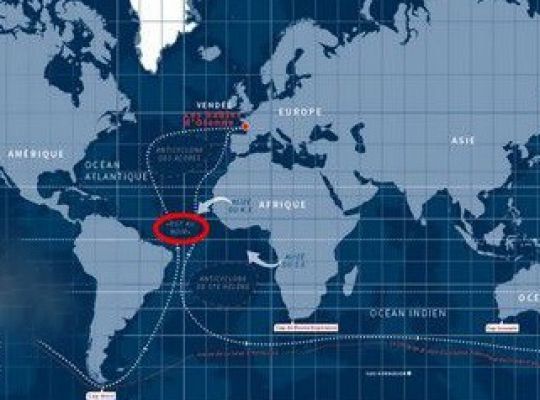
The zone where tropical depressions are created
With strong trade winds and high water temperatures, the Pot-au-Noir is more active and extensive. When the water is very warm, evaporation is high, creating numerous cumulonimbus clouds that can extend to altitudes of over 12,000 meters. Weather conditions can include lightning, thunder, reduced visibility, torrential rain or violent gusts of wind, even waterspouts (a column of water rising from the sea, mixing water and air as it rotates to reach the sky) or feux de Saint-Elme (a more or less continuous electrical discharge of moderate intensity).
The Doldrums are often the birthplace of tropical depressions, which can turn into cyclones as they move westwards.
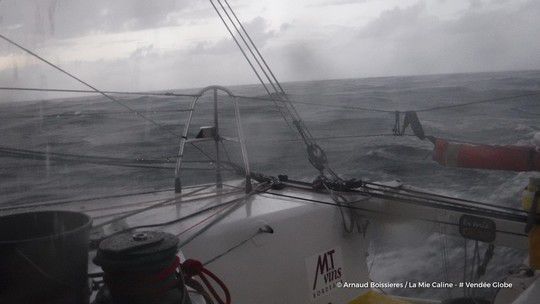
The origins of the Doldrums
The origins of the Doldrums are numerous. The first two have nothing to do with the marine world.
The word "doldrums" was used to refer to a dangerous area in the 17th century, when the game "colin-maillard" was played. The blindfolded player had to avoid the area or risk injury.
Another meaning comes from the Cape Verde âeuros located not far from this unstable zone. The Pot au Noir was a jar or pot used to hold refuse in Cape Verdean households.
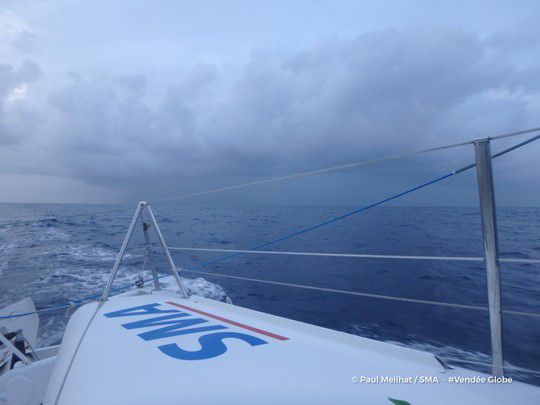
Another hypothesis is that, in the days of slavery, slave traders overboarded sick men in this area. The ships sailed from Africa to North America, only to find themselves stuck in the calms of the Doldrums. Ships of the time didn't have the capacity of today's vessels, and could spend several days, or even weeks, stuck in this unstable zone. To prevent diseases from spreading on board in this confined area, slave traders preferred to throw the men overboard. This theory has been cast into doubt by historians, but supported by the English, who did the same with animals.
Indeed, the British refer to this area as "Horse Latitude", because stuck under a blazing sun for several days, they were forced to pass horses overboard, as they consumed too much fresh water.
